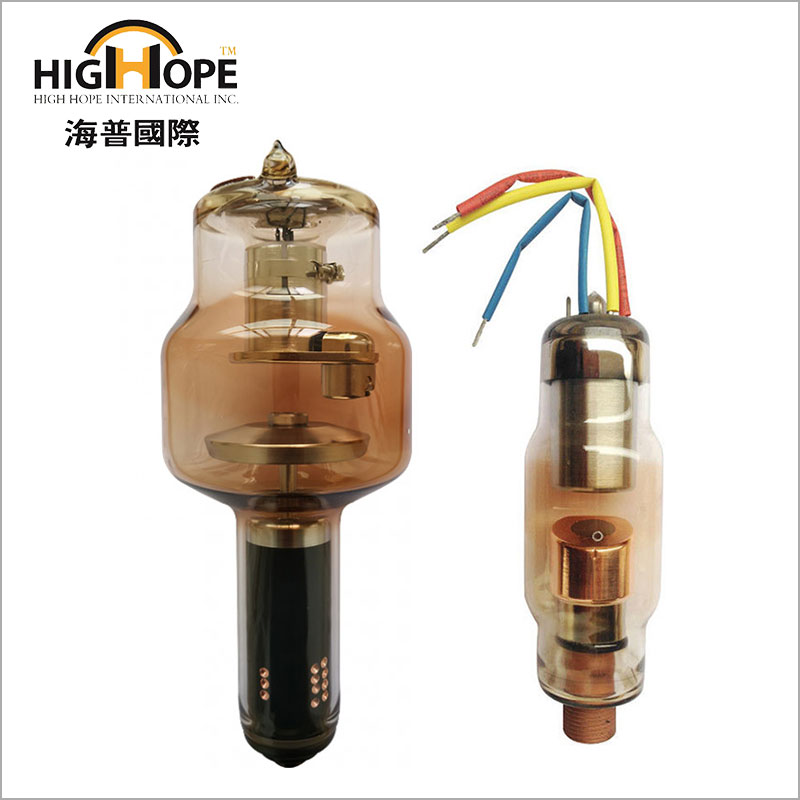What is the working principle of an X-ray tube?
2025-07-22
As a core component in the fields of medical imaging and industrial inspection, the working principle of an X-ray tube is based on the interaction between high-speed electrons and matter, and controllable X-ray output is achieved through precise structural design.

The core structure consists of a cathode, an anode and a vacuum glass shell. The cathode assembly includes a filament and a focusing cup. When the filament is powered on, it heats to more than 2000°C and releases a large number of free electrons (thermal electron emission effect); the focusing cup uses an electric field to gather electrons into an electron beam with a diameter of 0.1-2mm to ensure that the electron flow is concentrated on bombarding the anode target surface.
The energy conversion process is the key link. A high voltage of tens of thousands of volts is applied between the positive and negative electrodes (usually 40-150kV for medical tubes). The electrons gain kinetic energy under the acceleration of the strong electric field and bombard the anode target (mostly made of tungsten alloy with a melting point of 3422°C) at about 1/2 the speed of light. At this time, more than 99% of the electron kinetic energy is converted into heat energy, and only about 1% produces X-rays through bremsstrahlung and characteristic radiation: high-speed electrons are decelerated by the electric field of the target nucleus, releasing continuous spectrum X-rays; after the inner electrons are knocked out, the outer electrons jump to replenish and release characteristic spectrum X-rays of specific wavelengths.
Heat dissipation and stable control ensure continuous operation. The anode target is connected to the heat sink through a molybdenum shaft. Some high-end models use a rotating anode (with a speed of 3000-9000 rpm) to expand the heating area by centrifugal force; the vacuum degree in the tube is maintained above 10⁻⁴Pa to avoid energy loss due to collision between electrons and gas molecules. The control system controls the penetration ability of the ray by adjusting the tube voltage (kV) and the intensity of the ray by adjusting the tube current (mA) to achieve precise imaging requirements in different scenarios.
This precision device that efficiently converts electrical energy into X-rays provides a reliable ray source for modern imaging diagnosis and non-destructive testing through the coordinated work of various components. Its principle design reflects the deep integration of high voltage technology and material science.


